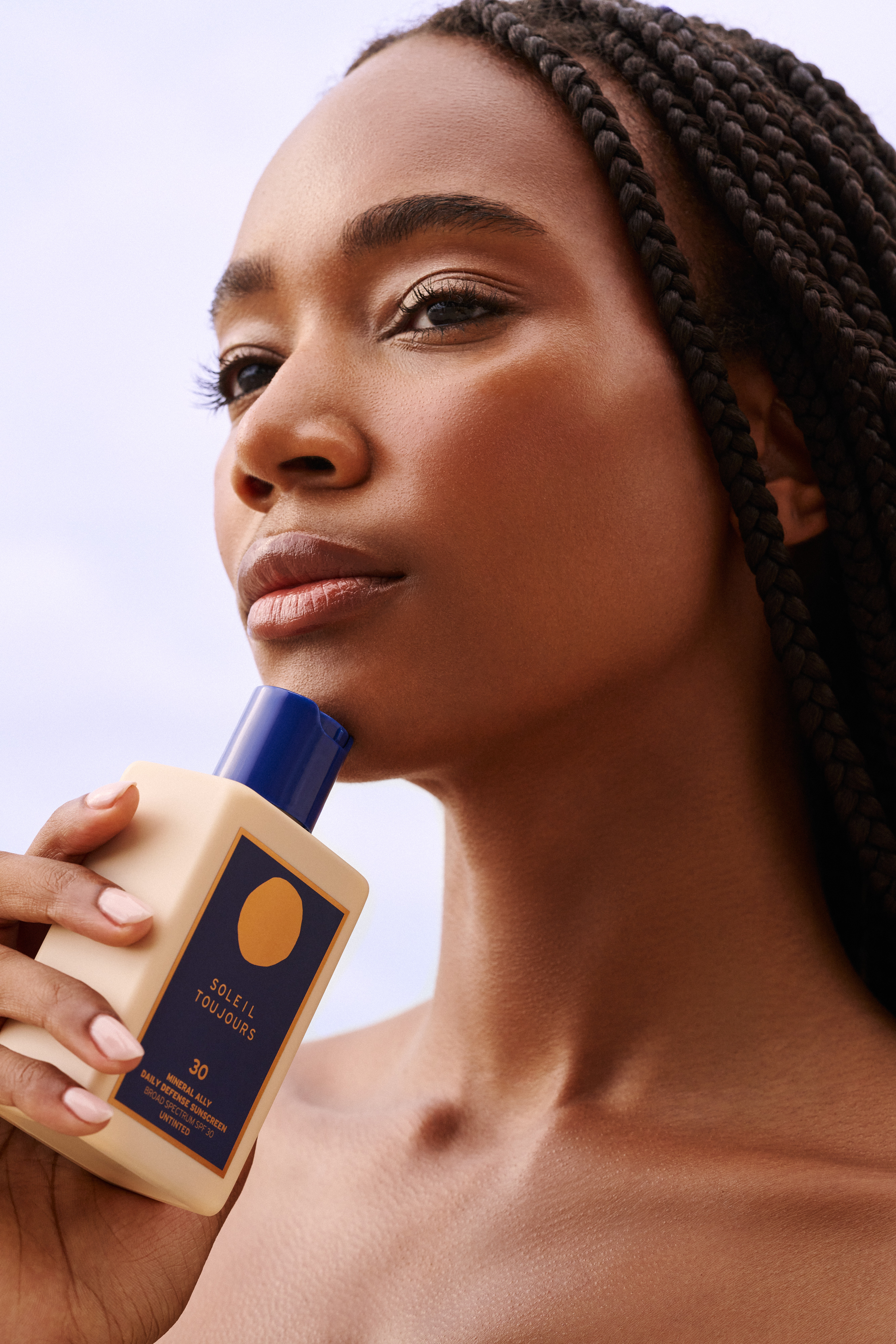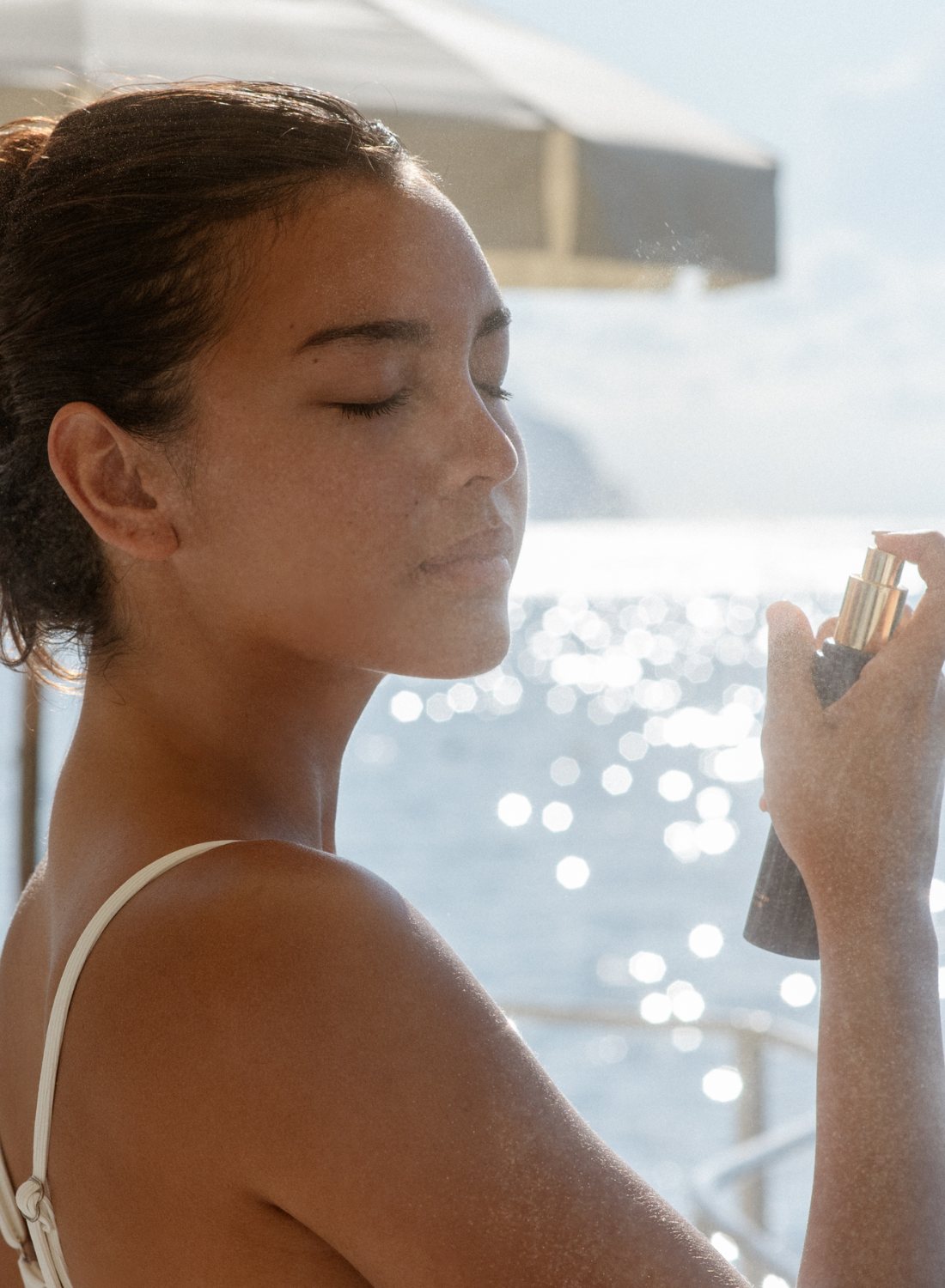
Help save our coral reefs: ban all products containing oxybenzone.
The crisis is real. Two weeks ago, scientists from the Nature Conservancy described a dire situation for Hawaii's reefs and marine life. Hawaii is home to at least 85 percent of the United State’s coral reefs and the National Oceanic and Atmospheric Administration estimates that from 2014 to 2015, 56% of the Big Island's coral are bleached, along with 44% along West Maui and 32% around Oahu. Bleached corals ultimately leads to the death of corals. The study also shows that the Caribbean has lost 80 percent of its coral reefs in the last 50 years.
Why do we care?
While coral reefs make up less than 1 percent of the earth’s marine ecosystems, their importance to our ecosystem is huge. Corals:
- shelter 25 percent of marine species,
- protect shorelines,
- support fishing industries,
- provide tourist dollars
What causes coral bleaching?
Climate change, warming waters, is the biggest cause of bleaching in corals, however studies show that chemicals are also a very significant cause.
“Climate change plays a big role, but it does not explain totally what is happening...It is our opinion that pollution plays a large role. The problem is that we lose a percentage of coral reefs every year, and very rarely do we see a recovery." - Craig Downs, executive director of Haereticus Environmental Laboratory.
Approximately 14,000 tons of chemical sunscreens are unleashed into reefs around the world each year. These chemicals get into the water via swimmers and wastewater from coastal septic systems. Studies estimate that up to 10 percent of the world’s coral reefs are killed by certain chemicals found in sunscreens. This certain chemical is oxybenzone, one of the most common UV filters found in over 3,500 products in the US. Oxybenzone has been proven to deform the DNA in coral at the larval stage, making it unlikely to develop properly. Oxybenzone as well as octinoxate, another common UV filter, are also shown to force the algae that live within coral colonies to eject themselves from the corals. Algae provide corals not only their color, but also their nutrients. Without algae, corals lose their color and food source, and ultimately die.
Data published in the Archives of Environmental Contamination and Toxicology shows that oxybenzone is toxic to coral at incredibly low concentrations of 65 parts per trillion, or put into perspective, this equates to one drop of oxybenzone in 6.5 Olympic-size swimming pools. Researchers show the highest concentrations of oxybenzone are in Trunk Bay, an area in the U.S. Virgin Islands National Park, where oxybenzone levels were discovered at 1,400,000 parts per trillion. Concentrations in Hawaii have ranged from 800 parts per trillion to 19,000 parts per trillion. Case in point, these are insanely high concentrations of oxybenzone and they are having hugely negative impacts on their reefs.
What is being done?
Hawaiian state senator, Will Espero, proposed a bill that would ban the sale of sunscreens containing oxybenzone and octinoxate across the islands.
This past February, a According to Hawaii's Department of Land and Natural Resources, "researchers have found oxybenzone concentrations in some Hawaiian waters at more than 30 times the level considered safe for corals." The beaches of Maui, specifically, have already suffered the consequences, reports Scientific American. "The use of oxybenzone-containing products needs to be seriously deliberated in islands and areas where coral reef conservation is a critical issue," said Craig Downs. The European Union's International Chemical Secretariat has already declared oxybenzone as a threat to human health and called for it to be replaced with another, safer ingredient.
In the US, oxybenzone continues to run rampant in our sunscreen and personal care products. We can all do our part by banning products that contain this harmful chemical. Read labels, use chemical SPFs free of oxybenzone and/or octinoxate and use mineral sunscreens (made with titanium dioxide or zinc oxide - the National Park Service says mineral sunscreens have not been found to harm reefs). We clearly have a crisis on our hands, our reefs are in danger, so we hope you’ll join us in our movement to practice safe sun and avoid products with oxybenzone and octinoxate.



1 comment
Thank you for caring about coral reefs. I wish the general public was more aware of the problem.
Shirley Schue
Leave a comment
This site is protected by hCaptcha and the hCaptcha Privacy Policy and Terms of Service apply.